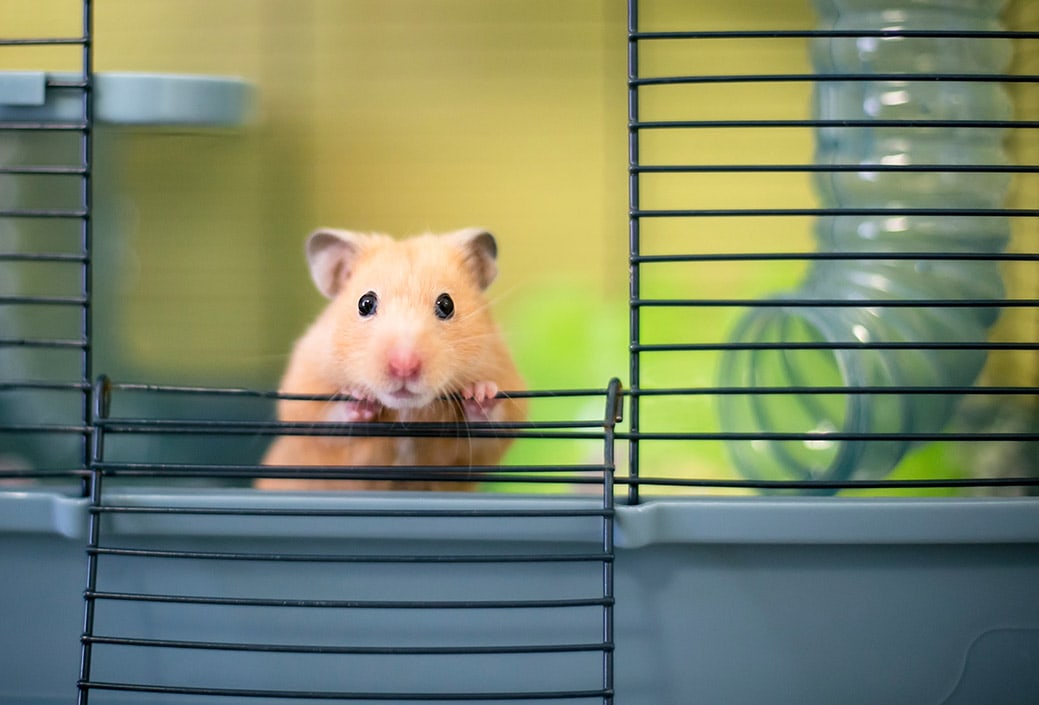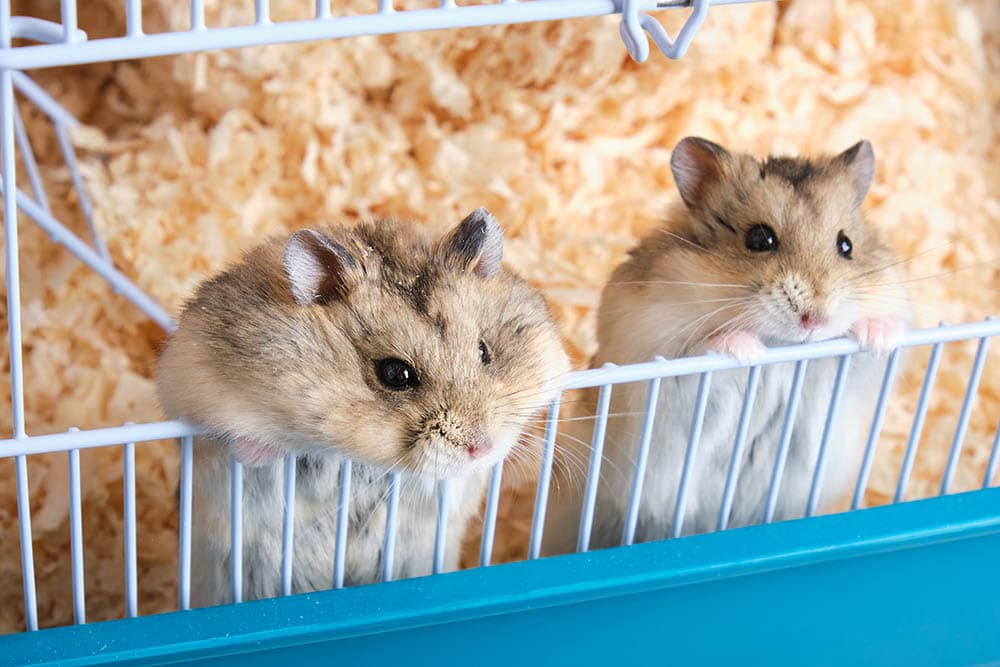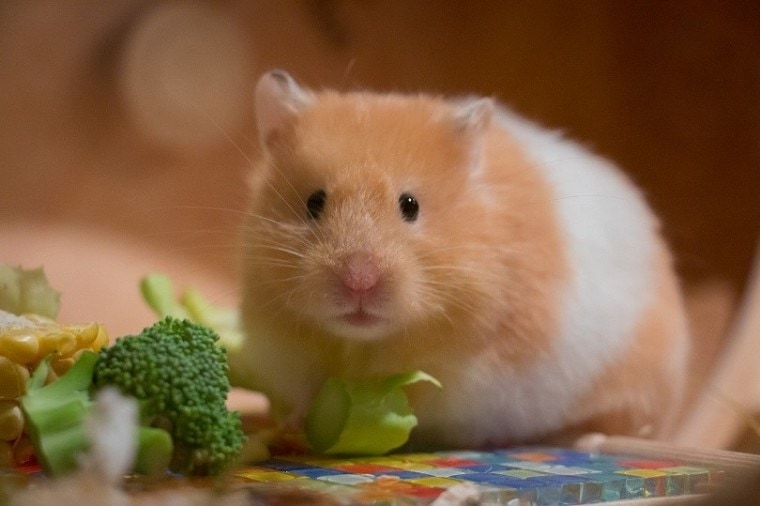
Hamsters are arguably the most popular choice of pet rodents. They are docile, easy to keep, and make excellent starter pets. However, before you rush to adopt one, it is essential to familiarize yourself with hamster basics to determine whether it would be a good fit for you. This article will discuss what you need to know about hamsters, as well as what goes into taking care of one. Read on.
Hamster Facts
Hamsters are distant cousins of rats and mice. However, there are different species of hamsters. Various hamster species differ not only in physical characteristics and lifespans but also in behavior. As a result, some species are more family-friendly than others.
Top 5 Pet Hamster Species
The following are the various hamster species kept as pets:
1. Syrian Hamsters
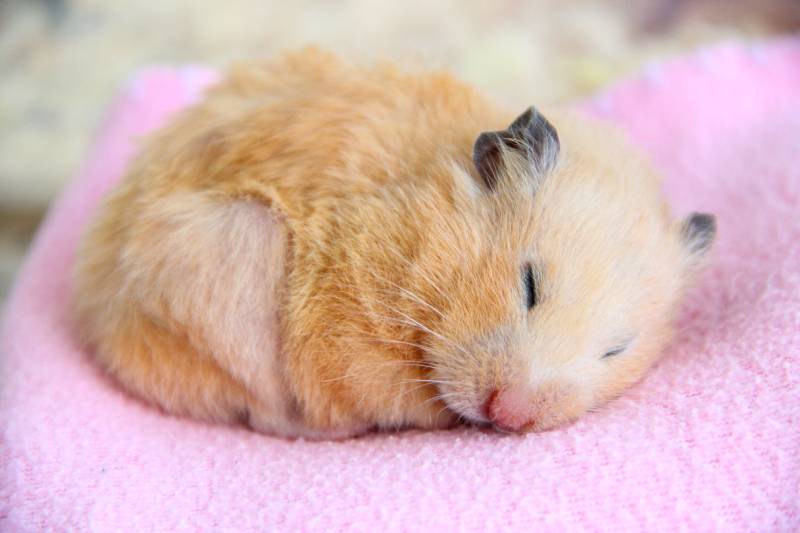
Syrian hamsters, also known as teddy bear hamsters, are the most popular pet hamster species in the world. Syrian hamsters are friendly, easy to care for, and can live for up to 3 years. However, they are a solitary species, meaning they prefer living alone; they fight when housed together with other hamsters. Nonetheless, they make great pets for families, especially those with children.
2. Chinese Hamsters
The Chinese hamster has the longest tail of all hamster species. This cutie is easy to handle, making it a good fit for kids. However, the Chinese hamster’s high intelligence and agility make it a great escape artist. As such, you will need to supervise any interactions with children to prevent them from escaping. While the Chinese hamster can get along with other hamsters, it prefers living alone.
3. Campbell’s Russian Dwarf Hamster
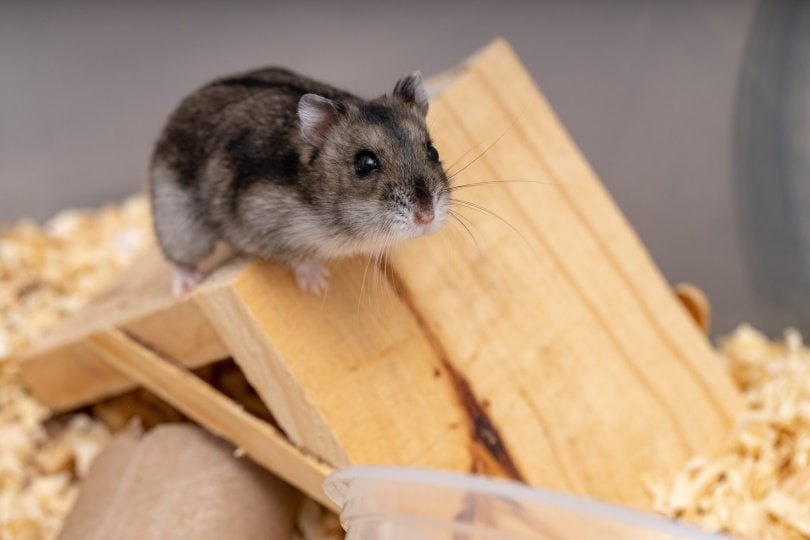
This furball has a reputation of being quick and challenging to handle. However, on the flip side, it does not mind sharing space with fellow dwarf hamsters. Consequently, they are a good fit for people looking to keep more than one hamster. However, they are challenging to handle and do not make good pets for young children.
4. Winter White Dwarf Hamster
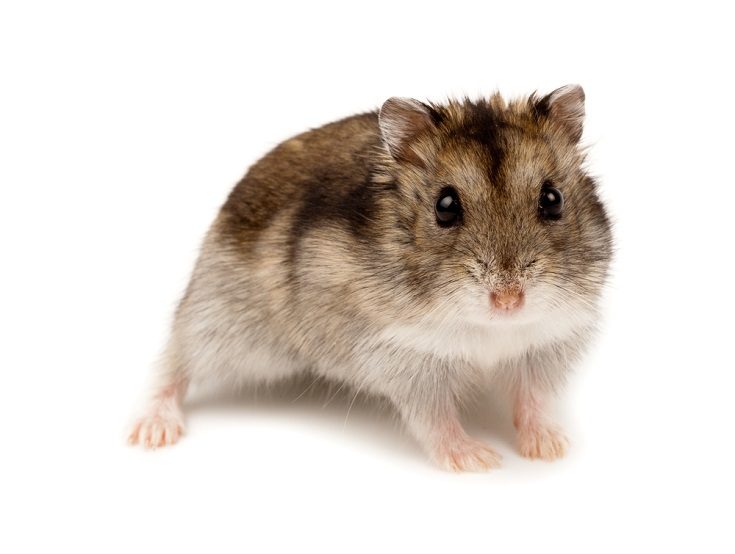
The winter white dwarf hamster is the second-smallest pet hamster species. An interesting fact about this species is that its fur is white during winter and gray during summer. These hamsters are social, meaning they prefer living in groups. Unfortunately, winter white dwarf hamsters are difficult to handle. They have a lifespan of 2 years.
5. Roborovski Dwarf Hamster
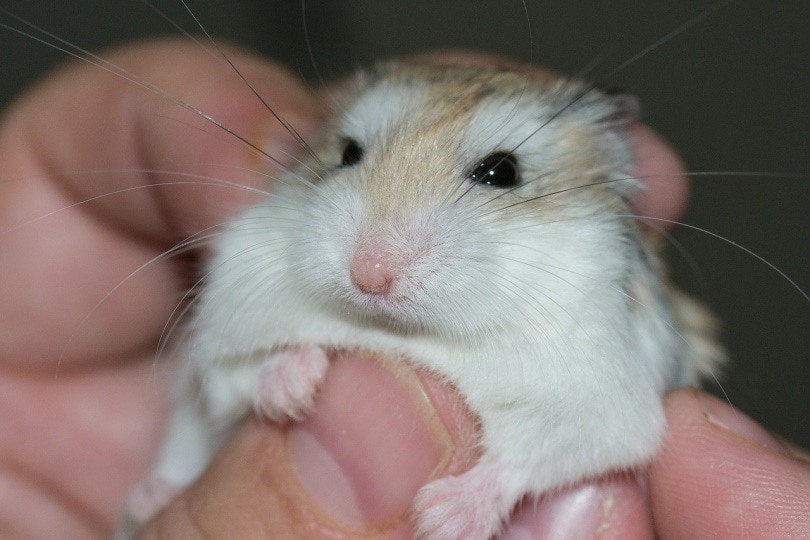
The Roborovski dwarf hamster is the tiniest of all hamster species. Like other dwarf species, they tolerate living with others. Unfortunately, Roborovski Dwarf Hamsters are more inclined to bite than other species. As a result, this hamster is not a good fit for small children.
All the species above can make excellent pets, as long as you understand and respect their natural dispositions.
Do Hamsters Make Good Pets?
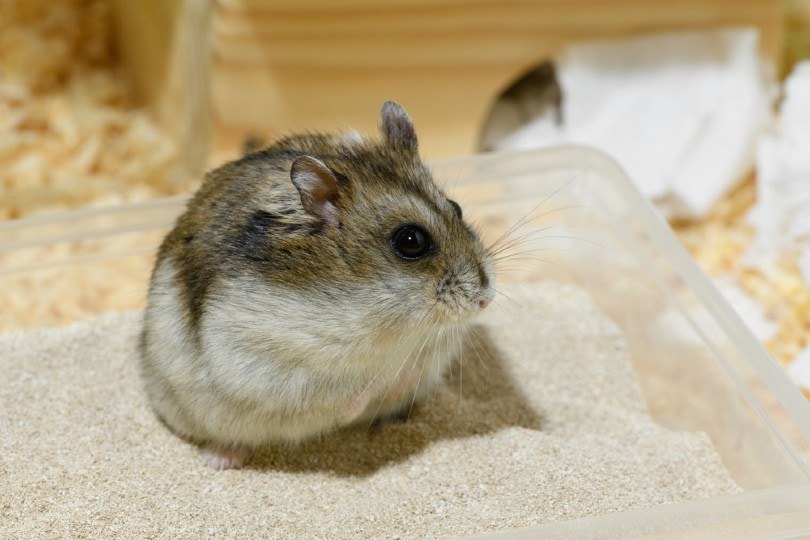
While hamsters make lovely pets, it is crucial to familiarize yourself with their behaviors before adopting one, as they have certain habits that make them unfit for some households. For example, they are nocturnal critters, meaning they are mainly active at night. As such, they tend to be cranky during the day, as you would be if someone tried to talk to you while you are trying to sleep.
Moreover, their nighttime activities such as digging, scratching, and running on the toy wheel can be pretty noisy. What’s more, you might have to alter your schedule to accommodate the hamster since you will have to feed, play, and bond with the little furball at night. Therefore, if you are not willing to make such changes in your life, a pet hamster might not be a good fit for you.
Where Can I Get a Hamster?
Fortunately, hamsters are legal in most states. While hamsters are available in all pet shops, we recommend getting one from either a reputable breeder or a rescue group. Buying from a reputable breeder gives you a greater chance of getting a hamster that is not prone to hereditary conditions due to bad breeding practices. On the other hand, buying from a rescue center allows you to care for a homeless pet.
When checking out hamsters, request to observe them while they are awake. As such, ask the seller to tell you the best time to visit. Observing a hamster when it is awake is critical, as it allows you to determine whether the animal is healthy. A healthy hamster should have clear eyes, clean fur, in addition to being active and curious. Some red flags to look out for include a dirty bottom and labored breathing.

How Much Does It Cost To Own a Hamster?
The annual cost of maintaining a hamster is around $260. Let’s break it down.
The little guy is not expensive, as he costs a maximum of $25. However, supplies will be your most significant expense, as litter and bedding for a year amount to an average of $210. Fortunately, you can save on those costs by using unscented toilet paper or newspapers.
The least you can spend on your hamster’s food is $50 a year. When it comes to vet costs, they are next to nothing since hamsters rarely get sick when taken care of properly.
Nonetheless, you will need to purchase a decent cage initially, which can cost around $40. Additionally, you should also get an exercise wheel for your pet, setting you back another $25.
Of course, these costs can go up as much as you want, depending on how much you want to spoil your pet.
What Kind of Home Does My Hamster Need?
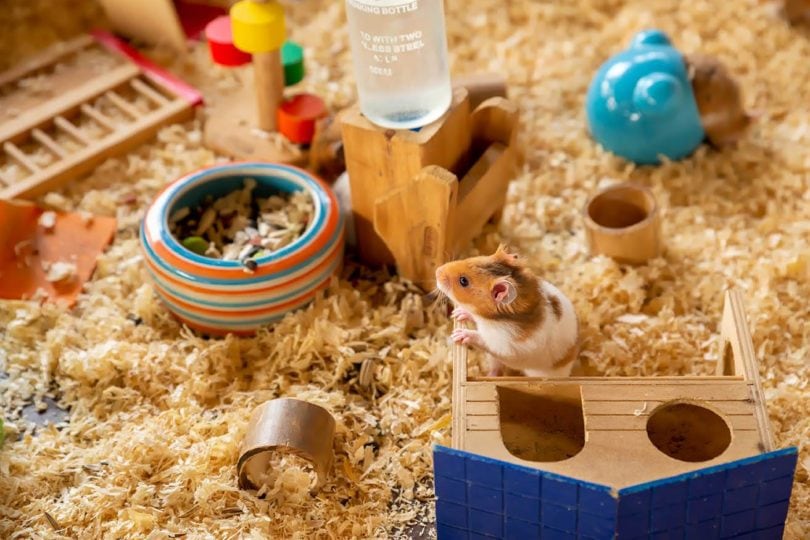
A hamster will be comfortable living in a 10-gallon aquarium with a mesh cover. Nonetheless, the larger the enclosure, the happier the hamster will be.
Consider purchasing a hamster cage at the pet store, as it is likely to be designed with your pet in mind. Keep the enclosure out of direct sunlight to allow the hamster peaceful sleep. For bedding, use aspen shavings, Timothy hay, or shredded paper. Avoid using cedar or pine chips since they are toxic to hamsters.
To make your hammy truly happy, you will need to accessorize its home with the following items:
Hiding Hut
Hamsters are shy critters. As such, you need to provide them with a safe space where they can hide when they do not want to interact with the outside world. A hiding hut also provides your pet with an excellent sleeping or lounging spot during the day.
Exercise Wheel
An exercise wheel is essential for keeping your hammy in shape. We recommend buying a solid wheel instead of an open wire exercise wheel, as the former is safer.
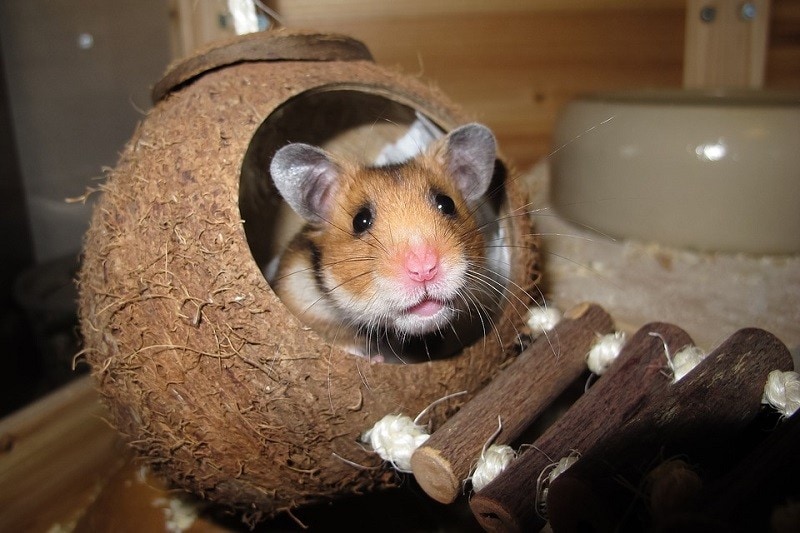
Toys
In addition to an exercise wheel, look for other toys to keep your pet busy when you are away. Always make sure that they are safe for hamsters before buying them.
Chewing Toys
As is the case with other rodents, the teeth of a hamster never stop growing. Therefore, you will need to provide the animal with wooden chew blocks to gnaw on to keep its teeth in good shape.
Food Dish and Water Bottle
We recommend using a heavy, ceramic food dish, as it is difficult to tip over. A water bottle with a drinking tube is preferable since it ensures the hamster does not drink water containing poop or bedding.
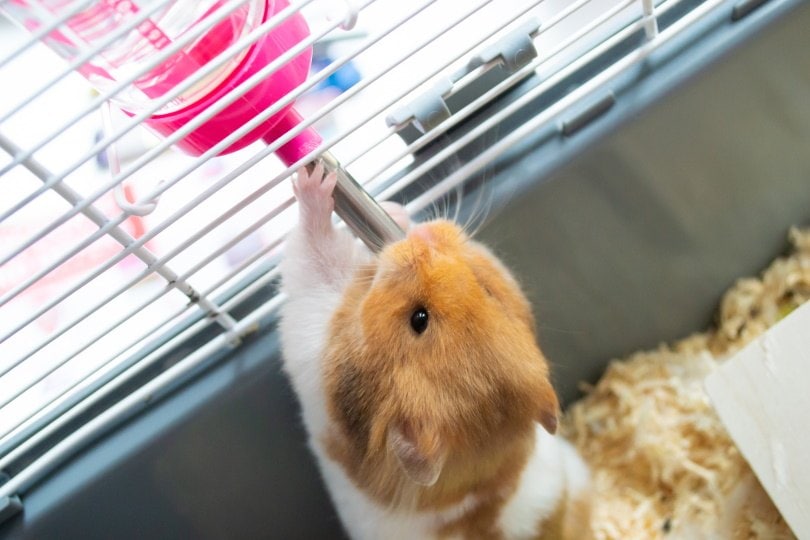
What Should I Feed My Hamster?
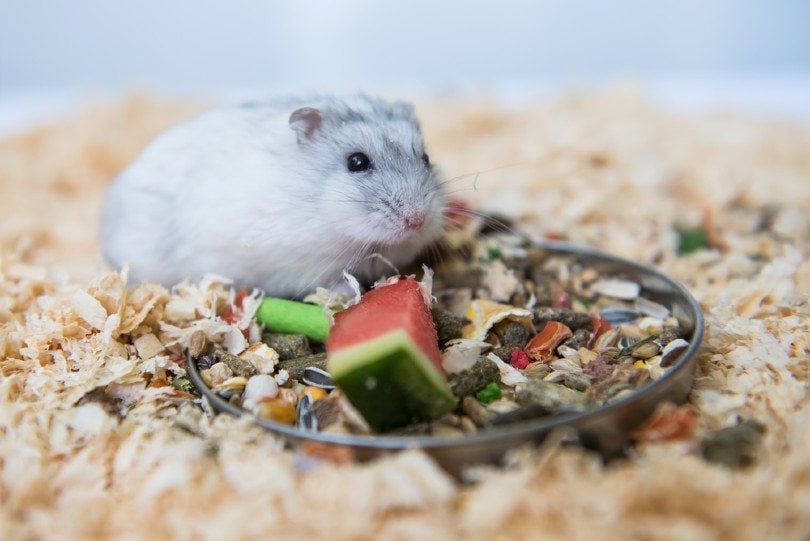
High-quality commercial hamster food is the way to go since it contains a mix of grains, seeds, cracked corn, and is fortified with minerals and vitamins, providing your pet with a good nutritional balance.
You can and should supplement your hammy’s diet with raw fruits and vegetables to spice up its diet. The occasional nut is not bad either, as long as you do not go overboard due to its high-fat content.
Ensure that there is always a bowl of fresh food in the enclosure, discarding it after 24 hours. This ensures your pet always has fresh food available at all times. As mentioned, ensure your hamster has access to fresh water at all times, preferably from a water bottle.
How Do I Take Care of My Hamster?

Doing the following things will make your munchkin the happiest hamster on the planet:
Allowing Plenty of Out-of-Enclosure Time
Allowing your hamster ample playtime outside their enclosure is one of the best ways of providing them with exercise. It also allows the hamster to bond with the family. We recommend setting up an open roof pen with lots of toys and treats.
Whatever you do, do not turn your hammy loose in the house since it will be incredibly difficult to trace them once they disappear. Additionally, the hamster might end up chewing electrical wiring. Moreover, hamsters are perceived as prey by most pets in your household; do not tempt the cat or dog by allowing the hamster to walk around the house. Therefore, ensure to supervise your pet when they are out of their habitat.
Handle Your Hamster Properly
The proper way of picking up a hamster is by using both hands and cradling it in cupped hands. Do the same when putting them down. When cradling the hamster, talk to it softly so it gets used to your scent and voice. Within no time, you and your hammy will be besties.
Grooming
Fortunately, you do not have to bathe or brush your hamster. If they get themselves messy, clean only the dirty part. Nevertheless, you should scrub the hamster’s cage weekly and replace the bedding weekly as well.

How Do I Know If My Hamster Is Sick?
A healthy hammy typically sleeps throughout the day, while being active at night. As such, one of the telltale signs of illness is inactivity at night. The following are some of the other common signs of sickness in hamsters:
If you notice any of the above signs, schedule a vet visit immediately.
Related reads:
Final Thoughts
While hamsters are a joy to own, they require lots of care to be happy and healthy. Therefore, ensure to provide them with everything they need to live a comfortable life.
Here are the care guides for a few more interesting pets!
- How to Take Care of a Toad (Care Sheet & Guide)
- How to Take Care of Pygmy Goats (Care Sheet & Guide)
- How to Take Care of Mini Pigs as Pets (Care Sheet & Guide)
Featured Image Credit: mordilla-net, Pixabay




